Reading Time: 6 minutes
The thrill of bonefishing in the Bahamas is like no other. Chasing a small yet mighty fish in crystal clear water with tons of marine life nearby is the ultimate adventure. If you haven’t experienced this yet, read along to discover what makes it so special, and find out how you can join in on the fun.
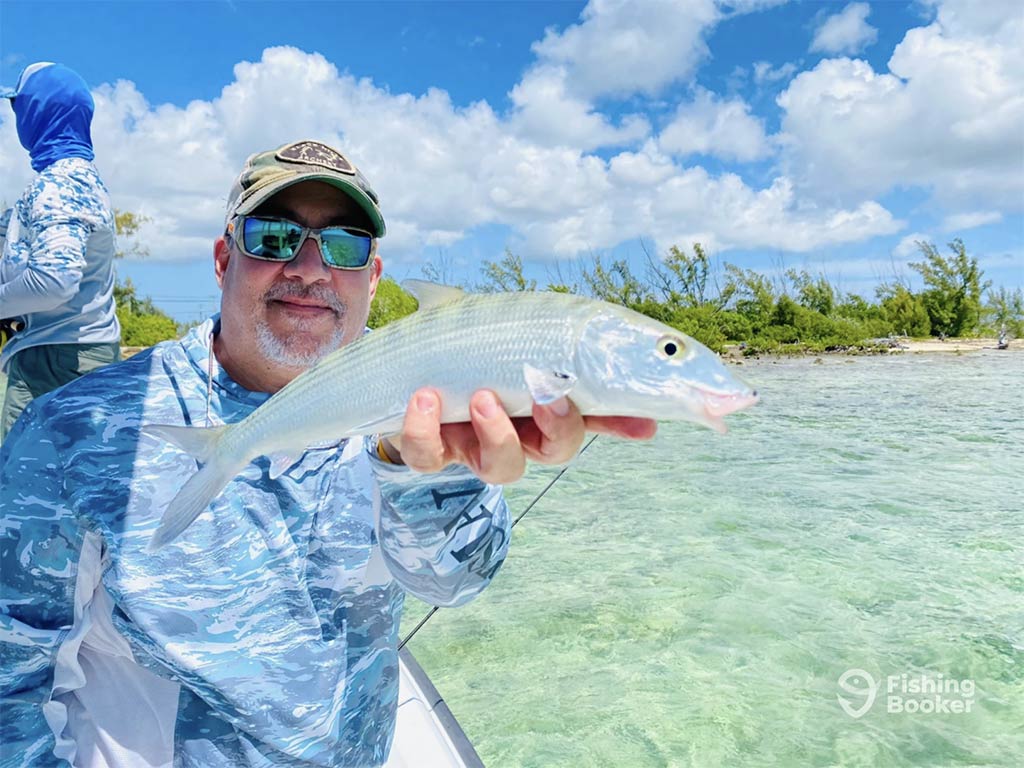
Photo courtesy of Fly Fishing Nassau
In this guide, I’ll run you through all you need to know about targeting these elusive creatures along some of the world’s most pristine beaches. From identifying the fish to techniques, what gear to use, spots, and more… By the time you’re done reading, you’ll be ready to book the vacation of a lifetime. Let’s dive in!
Bahamas Bonefish Characteristics
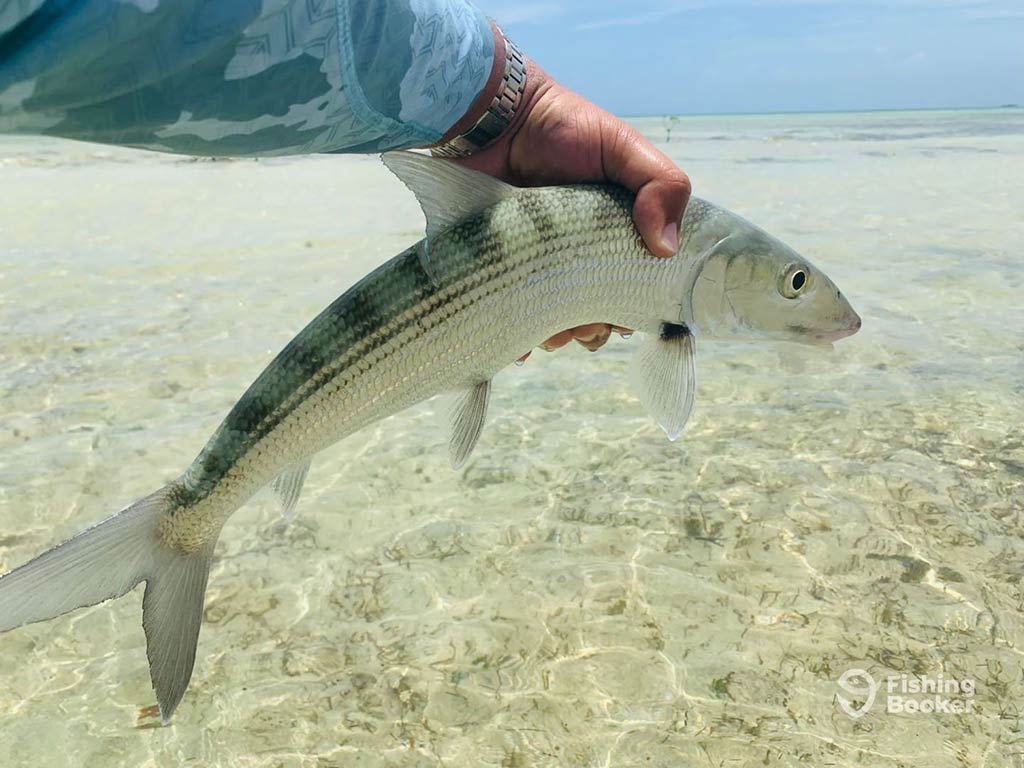
Photo courtesy of Fly Fishing Nassau
When you hear the name “Bonefish,” what comes to mind? If you thought of a silver fish with a thick build, slightly-faded horizontal lines, and a solid silver and narrow head, you’re on the right track. These fish aren’t necessarily little but they don’t get as big as other saltwater game fish. They usually max out at around 14 pounds, with their greatest lengths reaching around 31 inches.
The silver scales on a Bonefish are shiny enough to catch your attention through the water. If you’ve seen one before, then you know the feeling when you get a glimpse of one. But, if you’re new to the experience, it’s even more intense! Why? Well, here goes…
Bahamas Bonefishing Techniques
These fish are tough and extremely fast. They can reach speeds of 40 miles per hour, so when you have one trying to get off your line, you need to keep the tension balanced and pay attention. Steer the fish away from any structure and reel them in quickly when you can.

Photo courtesy of Bonefish Master LLC
If you’re a first-time bonefisher – especially if you’re not a Bahamian – the best thing for you to do is hire a charter captain. They know all the spots and can provide the needed gear and licenses for you. If you’re going out by yourself or if you’re on a charter but prefer to fish your own way, here are a couple more pointers concerning catching Bonefish…
Bonefish can camouflage well in the water, so keep your eyes peeled. They may swim alone or in schools, but you can spot them best when they make movements called “pushes” on the surface. They may also tail, similar to Redfish.
The best method for landing a Bonefish, whether you’re using a fly or spinning setup, is letting your bait sit on the bottom. Once you cast your line and it hits the bottom, you want to work it to make it look lively – unless it’s live bait, then you can let it work its own magic.
Just keep in mind that Bonefish have good eyesight and get spooked easily. You’ll want to be very stealthy. Most anglers sight cast for Bonefish, whether it’s done when wading in the water or standing on a platform aboard a boat.
Recommended Bait for Bonefishing
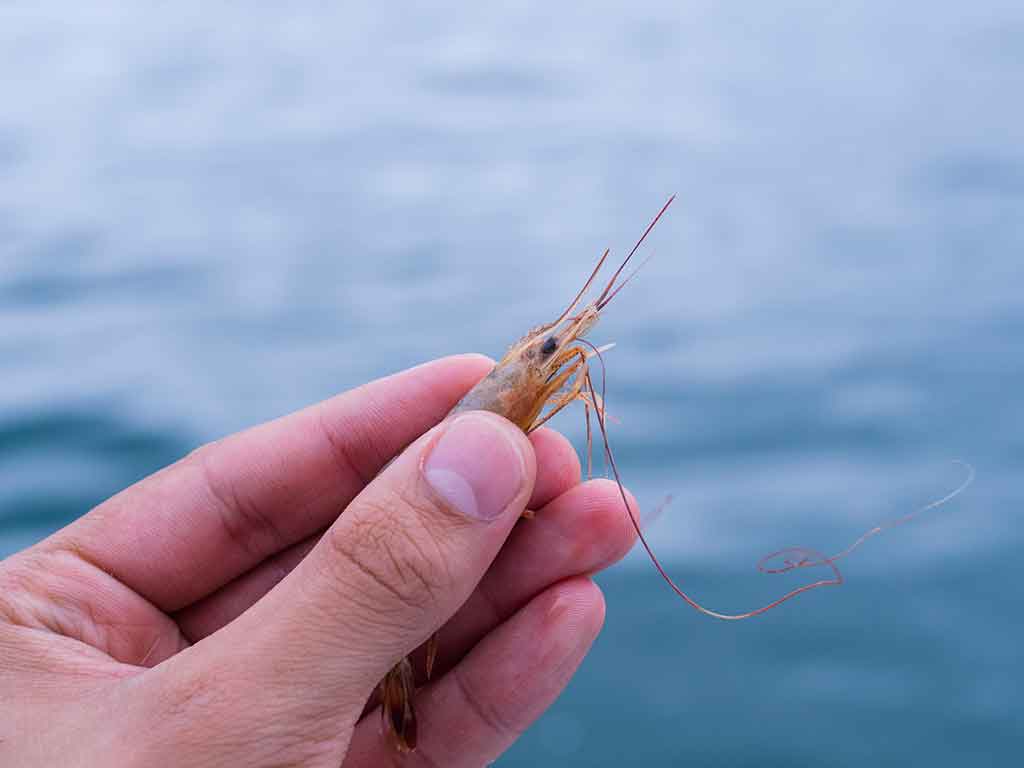
Bonefish respond well to a variety of bait, but what exactly? First up, we have live bait. Shrimp, crab, clams, needlefish, conch, and other small fish species are all solid options. You can catch most of these yourself with a cast net or you can purchase them at a local bait shop.
Cut bait also comes in handy especially when you’re low on live bait. You can use freshly-dead bait or you can purchase frozen packs from a store ahead of time.
In comparison to live bait, artificial lures are another option for Bonefish. Finding lures that mimic live bait will provide the best results. Some examples of popular, flashy, and enticing lures include jigs, swim baits, jig heads, and spoons. Brands like Berkley and D.O.A are leading examples of artificial lure producers for Bonefish.
There are tons and tons of options for all the varieties of live and artificial bait that Bonefish will hit. Take your pick and get ready for a fun fight!
Suggested Gear for Bonefishing in the Bahamas

Now you know what to use and how to get your hands on Bonefish in the Bahamas, there’s just one thing issing from your arsenal. Your fishing gear, of course. While these guys may not reach huge sizes, even the small ones pack a mighty fight. Many anglers swear by fly fishing gear but spinning setups are also utilized. Here’s the my rundown on both.
For fly fishing, it’s ideal to have an 8 wt rod paired with a sturdy reel. For backing, 20 pounds is good and you can adjust as needed. Pair your line with your rod to get a good match. A tapered leader starting at 10 pounds is good, and increase if you feel like it’s too light. Use wet flies to allow them to sink to the bottom, where Bonefish are more likely to feed.
Spinning setups are slightly different than fly ones but the same guidelines apply. Using a light-action rod with a light reel – 2000 and up – is a great choice. Try a 12 lb braid, which has become sort of a norm for bonefishing! For a fluorocarbon leader, start with 15 pounds and up it if there’s any structure nearby. Finally, use #4 circle hooks. These are perfect for a Bonefish’s mouth.
When to Go Bonefishing in the Bahamas
You can realistically go bonefishing in the Bahamas year-round. However, the most productive time frame is from October to June. Bonefish enjoy warmer water temperatures but they also like the cool dips too. That’s why the fall through spring is ideal for targeting them.
As for the times of day, opt for morning and evening trips, as the dawn and dusk hours provide the most productive feeding times. To add, high tide is your best option if planning a trip around tides. The higher the tide, the further the Bonefish will be able to move inshore and reach shallower areas.
Bahamas Bonefishing Hotspots
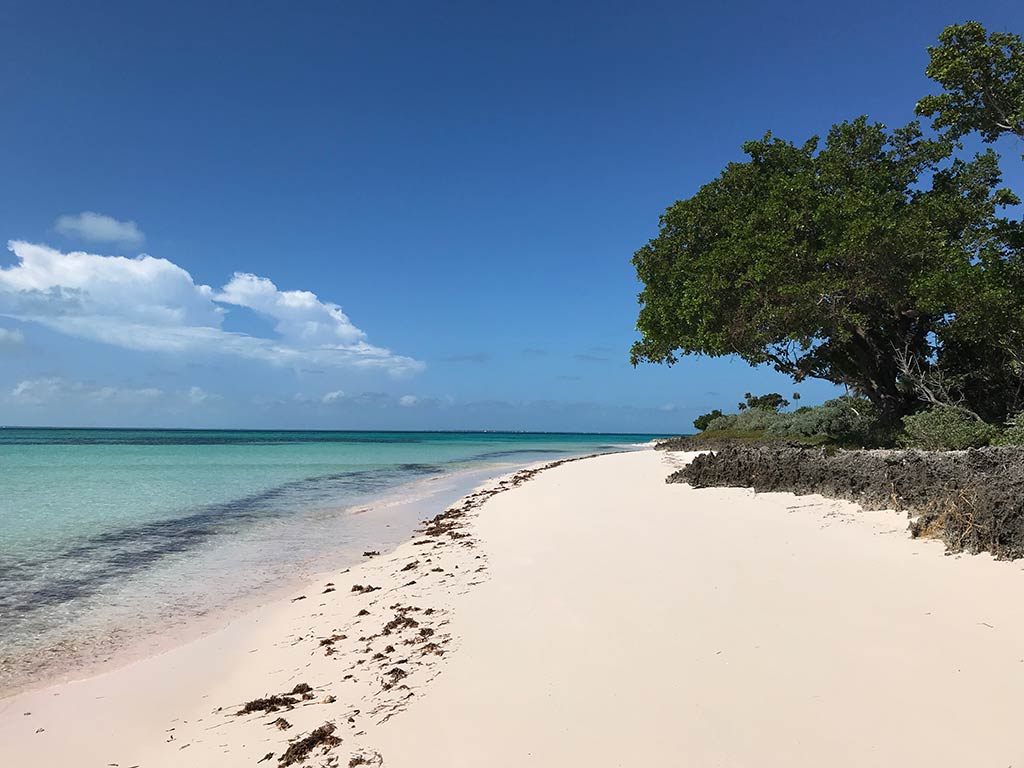
The majority of inshore fishing grounds in the Bahamas hold good numbers of Bonefish. The most common areas you can expect to find them include grassy and sandy flats, as well as around reefs and mangroves. But here are a couple of hotspots that are guaranteed to get you in on the Bonefish action:
- The Abaco Islands are a gorgeous set of islands in the northern Bahamas. It’s a popular location for bonefishing, with strong numbers of these feisty creatures here.
- Grand Bahama Island. This island is the biggest hotspot out of all the Bahaman islands. That’s because it has a long stretch where sand meets crystal clear water that holds diverse marine life – including plenty of Bonefish.
- Moriah Cay is another scenic spot that boasts plenty of outdoor activities like beach volleyball, kayaking, and swimming. Fishing is definitely on that list, too, with Bonefish in abundance.
- Exuma also has a large quantity of Bonefish. However, the fish are a bit on the smaller side here. Visit this spot for more consistent action and if you’re just learning the ropes!
Of course, there are plenty more miles of the Bahamas with plenty of other productive spots. But, take it from me, you won’t go wrong if you hit any of the locations I just mentioned.
Bahamas Bonefish Regulations
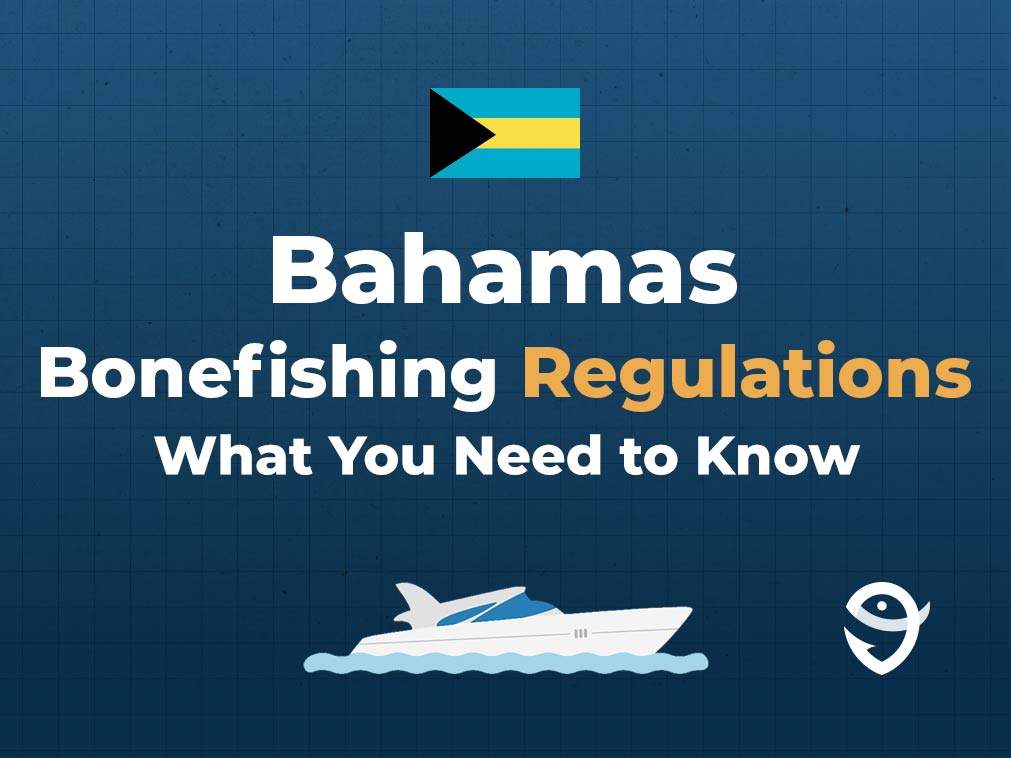
When it comes to fishing regulations in the Bahamas, the government is pretty stringent in making sure everyone follows the rules. Non-residents are required to have a valid permit if fishing from a non-Bahaman vessel, which also needs to be inspected at the port. They specify that permits need to be for “the flats” too if you’re fishing for Bonefish. There are daily prices, which is great for tourists who may not be there for long.
For Bonefish specifically, there aren’t any catch limits or rules. That being said, the authorities encourage catch and release. They also limit the methods of fishing to hook and line only.
Bonefishing in the Bahamas: The Ultimate Thrill

Photo courtesy of Bonefish Paradise Fishing Services
If you haven’t been to this tropical oasis, you simply must. Not only is it an incredible vacation destination, but it’s also the perfect place to practice your bonefishing skills! Pristine waters, plenty of fish, and incredible weather… what more could you want? Get out on the water and start living!
Have you ever tried fishing for Bonefish in the Bahamas? How was your experience? Share your stories and pictures in the comments section below!
The post How to Go Bonefishing in the Bahamas: An Angler’s Guide appeared first on FishingBooker Blog.
https://fishingbooker.com/blog/bahamas-bonefishing/
 CampingSurvivalistHuntingFishingExploringHikingPrivacy PolicyTerms And Conditions
CampingSurvivalistHuntingFishingExploringHikingPrivacy PolicyTerms And Conditions
